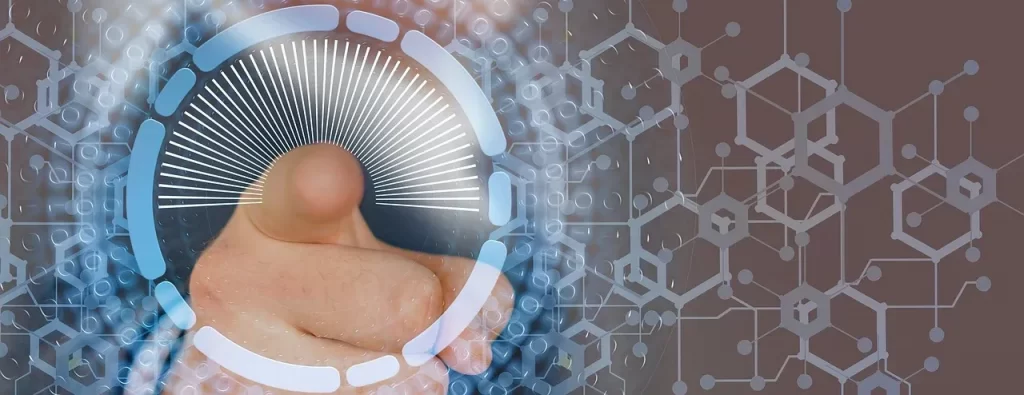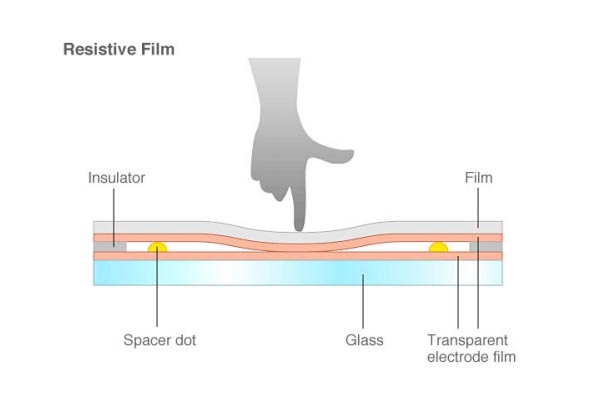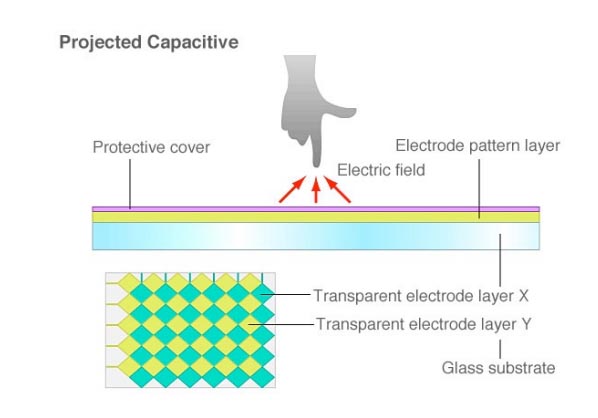From the year 2007 when both the first iPhone and Android came out, the touch interface has become commonplace. They were certainly not the first cell phones with a touch interface, this first was for the IBM Simon in 1992.
Over the past 13 years, the touch interface has become so integrated that it is strange if there are no touch capabilities on a graphical display.
Optical, resistive or capacitive
Detection of a finger on a display can be accomplished through several techniques. For example optically where infrared light is shone into the display glass and the touch on the glass can be detected or by means of two plastic foils which have a conductive layer. At the point of contact, the two foils make contact and can determine where the contact takes place by measuring the resistance.
Currently, the most widely used technique is capacitive key operation, influencing an electric field generated by electrodes. The measured capacitance between the electrodes changes as a finger approaches the electrodes. The advantage of capacitive measurement over resistive measurement is that a glass plate can be placed over the electrodes, making them more resistant to scratches and dirt.
Practical example
The Echtermann eQ is a nice practical example of a display with Touch interface designed by Betronic. If you want to know more about the different display technologies and how we make the selection of a display read the following article








